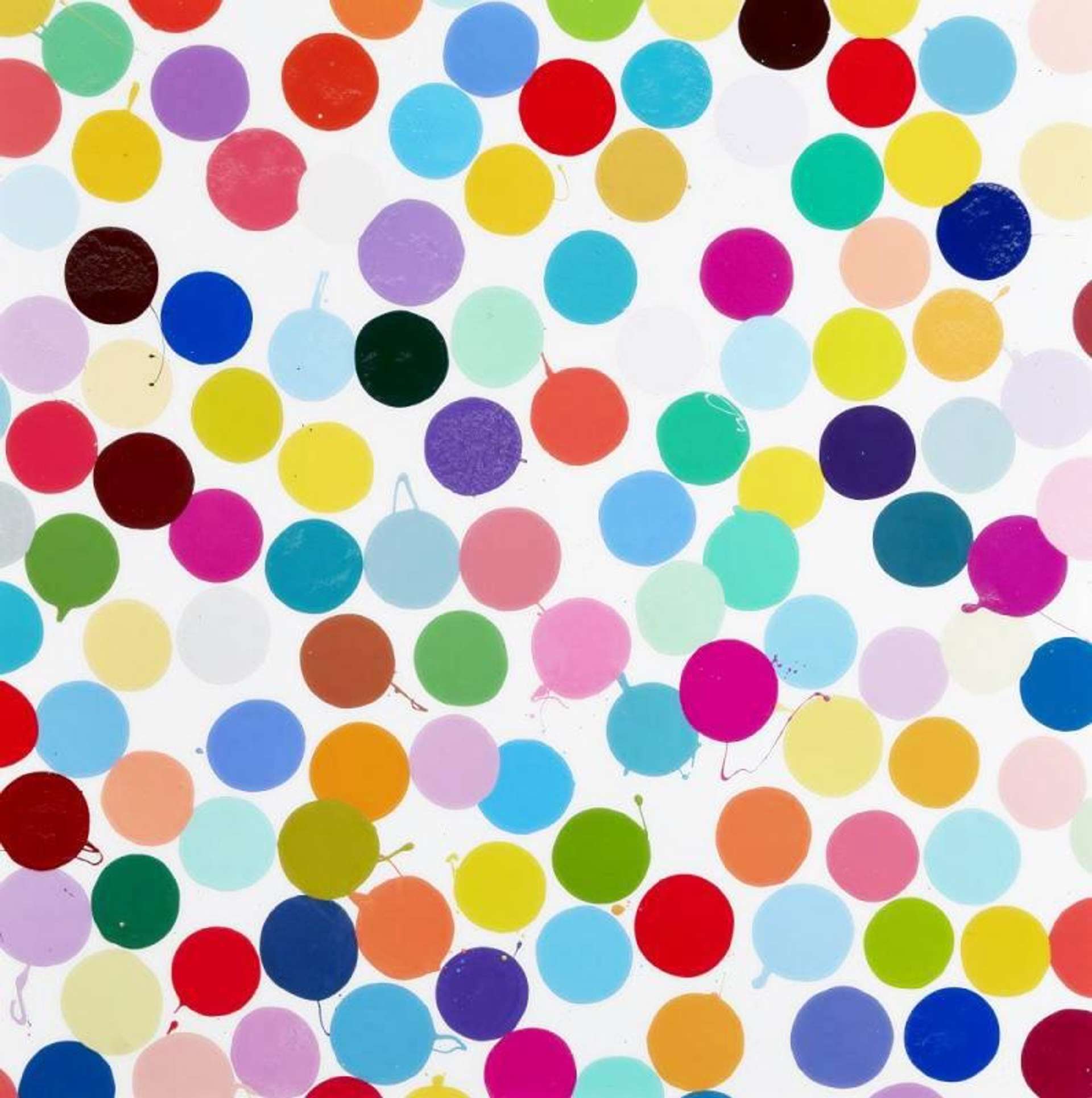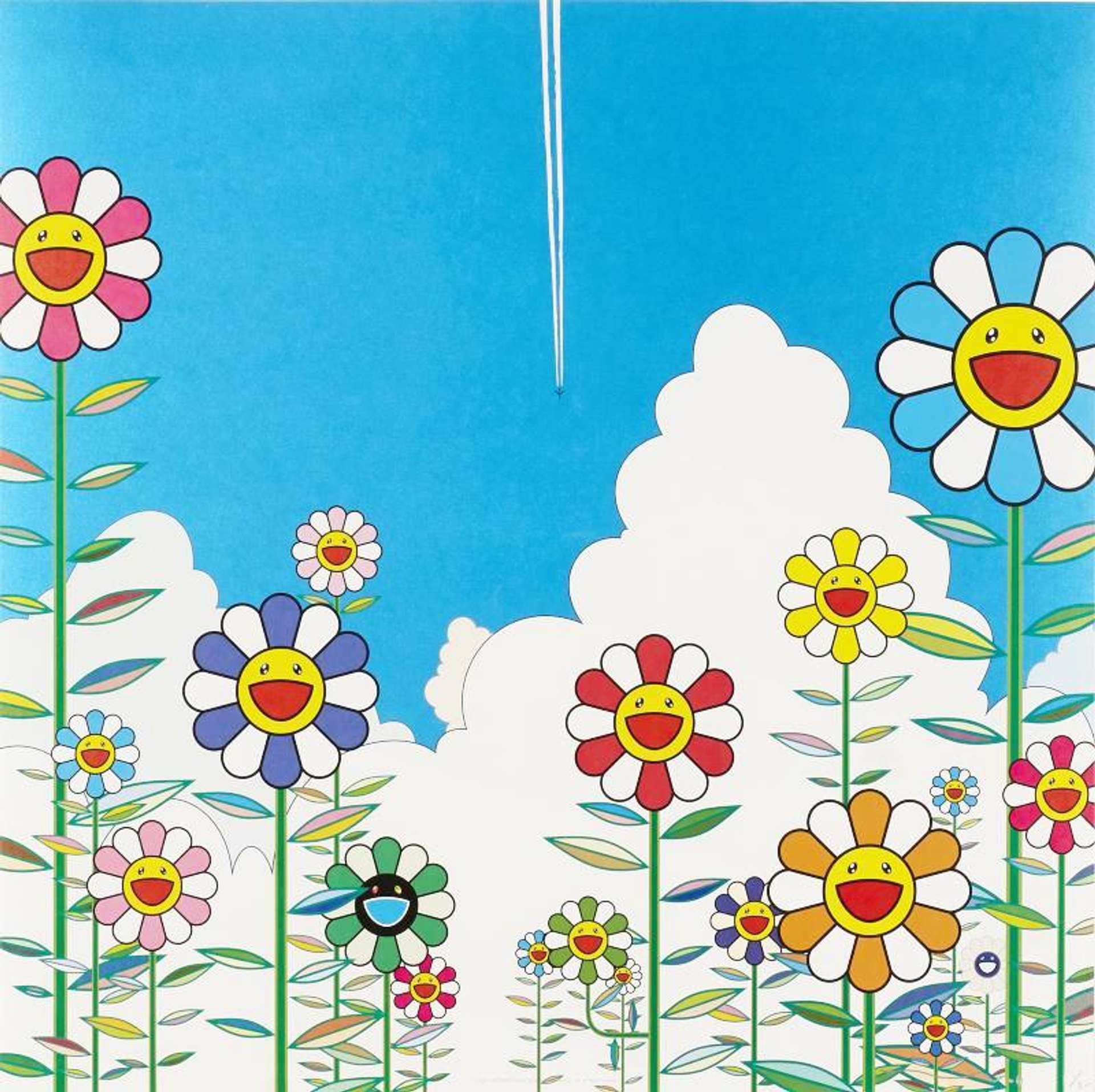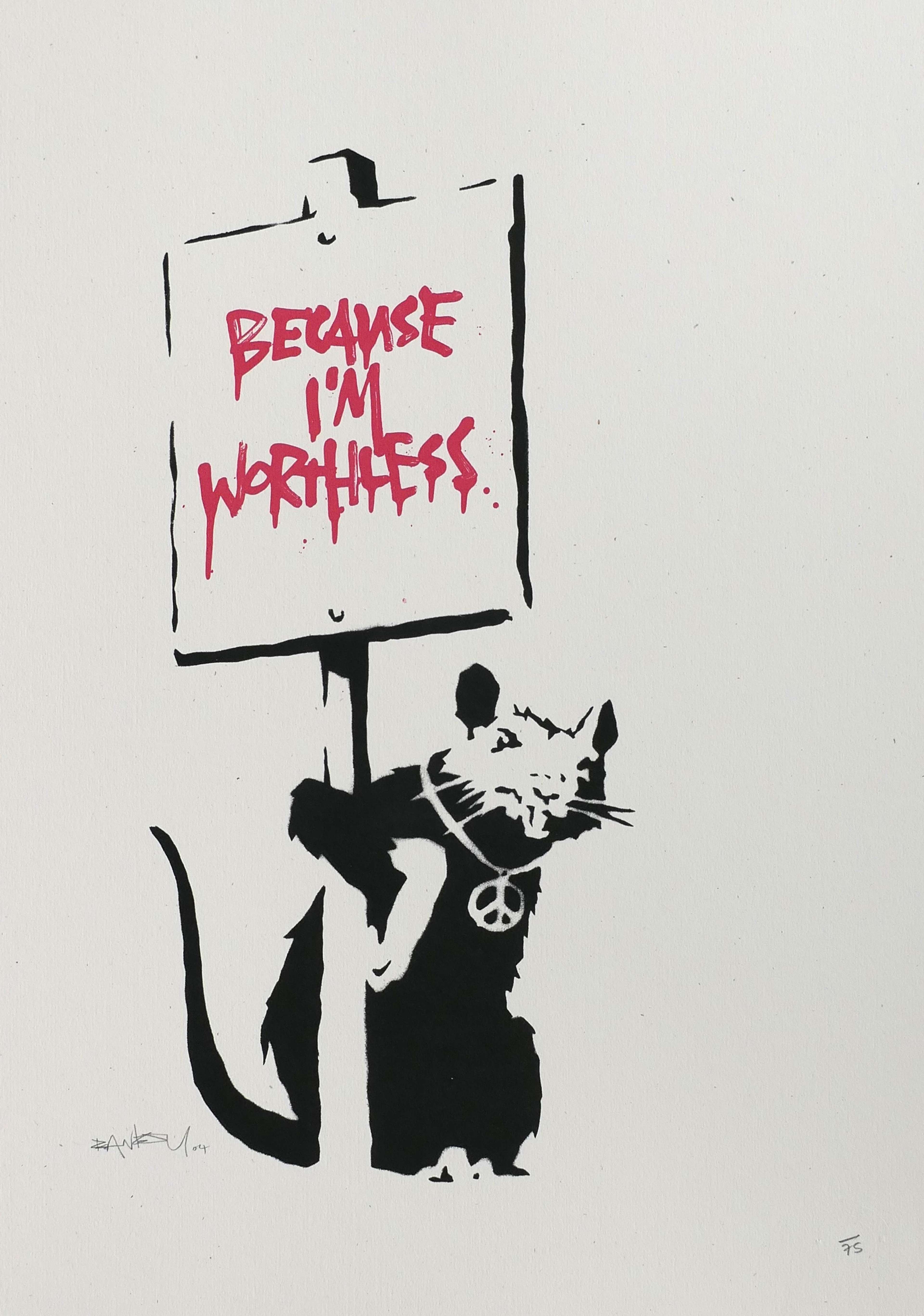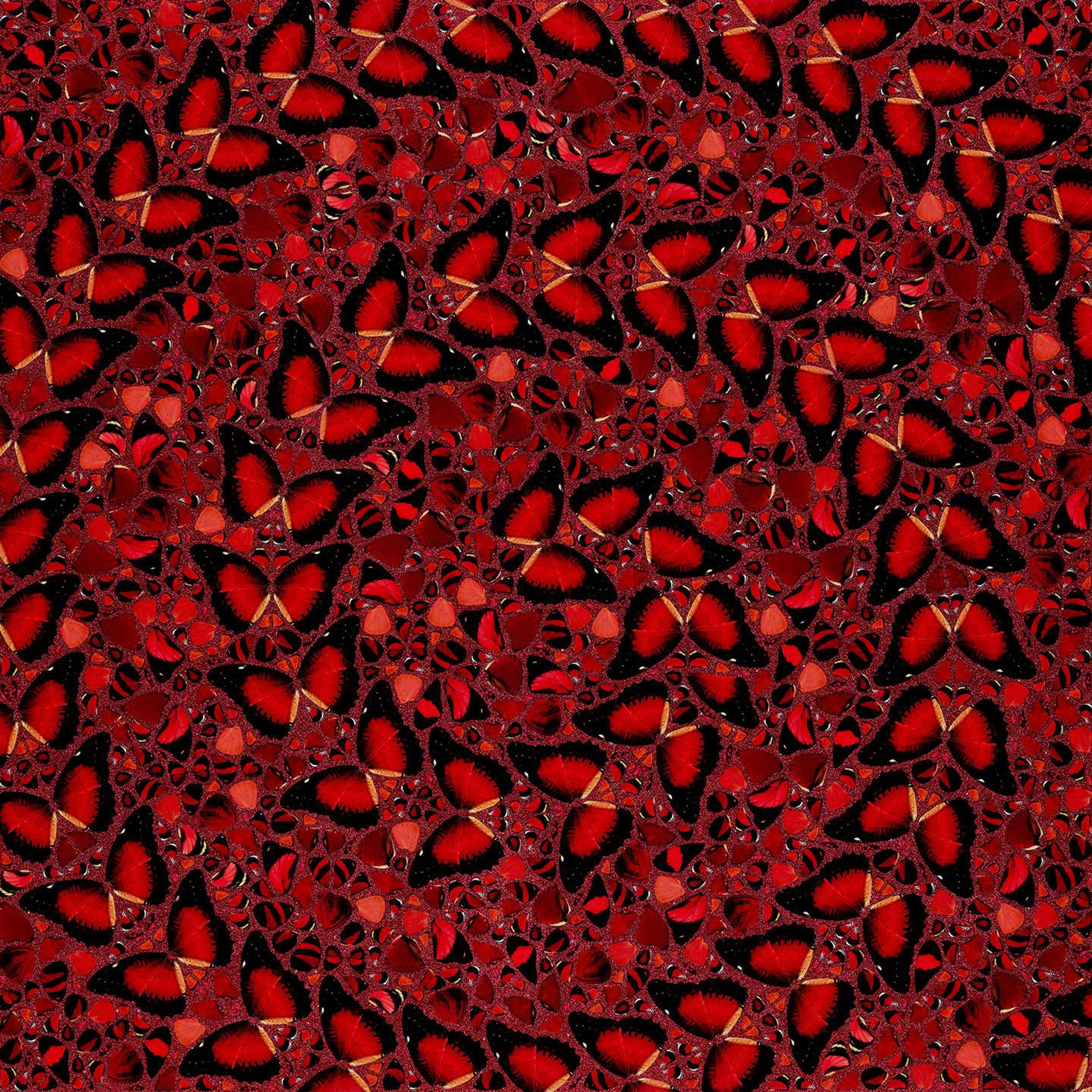 H10-5 Taytu Betul © Damien Hirst 2022
H10-5 Taytu Betul © Damien Hirst 2022Market Reports
What is the metaverse, and why are artists getting involved? From blue-chip artists like Damien Hirst and Philip Colbert to supermodel Bella Hadid and DJ Steve Aoki — as well as the recent launch of VERTIKAL, the tallest virtual world celebrating digital art and culture — more creatives and celebrities than ever are putting their work on the blockchain, using NFTs and physical art to connect the digital and real worlds.
Takashi Murakami's NFTs — Murakami.Flowers, CloneX
“I think the world of the metaverse will become just like the current internet world,” Japanese artist Takashi Murakami has said, adding, “I believe artworks in the metaverse will come to exist at a scale comparable to artworks in the current ‘real’ world."
In early 2021, Murakami shut down his first NFT drop after just 11 days. But in less than six months, he returned with Clone X, a collaboration with RTFKT (pronounced ‘Artefact’) offering 20,000 digital avatars. Between November 2021 and May 2022, the project had made more than US$500 million in secondary trades, reports High Snobriety.
In early 2022, a year after his first NFT false start, Murakami released Murakami.Flowers — pixelated versions of his iconic, ‘Superflat’ flower artworks.
“When I heard the news about Beeple’s work selling for US$75 million at an auction, I got curious about NFTs,” Murakami told Architectural Digest. Through learning about the other NFT collections, such as CryptoPunks (a group of nine recently sold for US$16.9 million at auction) and others, Murakami has come to see crypto-art as a new “cognitive revolution in contemporary art”.
Damien Hirst's NFTs — The Currency, Great Expectations, The Empresses
British artist Damien Hirst released his first collection of NFTs in July 2021 called The Currency, which consisted of 10,000 works on paper featuring painted spots with corresponding NFTs. Successful buyers had up to a year — until 27 July 2022 — to decide if they want to trade their NFT for the physical artwork. The remaining medium would be destroyed.
This choice offers traditional collectors a risk-free opportunity to start their crypto-art collection: “An old-school luddite who just wants to dip a toe in the NFT-pool could promptly exchange the token for a physical work,” explained Artnet.
In November 2021, Hirst offered 10,000 more NFTs in his new collection Great Expectations exclusively, and for free, to buyers of The Currency. Soon, “hundreds of the images” were listed on the NFT marketplace OpenSea “with prices running into the tens of thousands,” reported Dazed Digital. “Even the cheapest will set you back 1.29 ETH (or just over £3,000).”
In January 2022, Hirst released his second series of NFTs, The Empresses, based on his iconic butterfly artworks. Like The Currency, buyers could choose to keep the digital NFT or to trade it for a physical print.
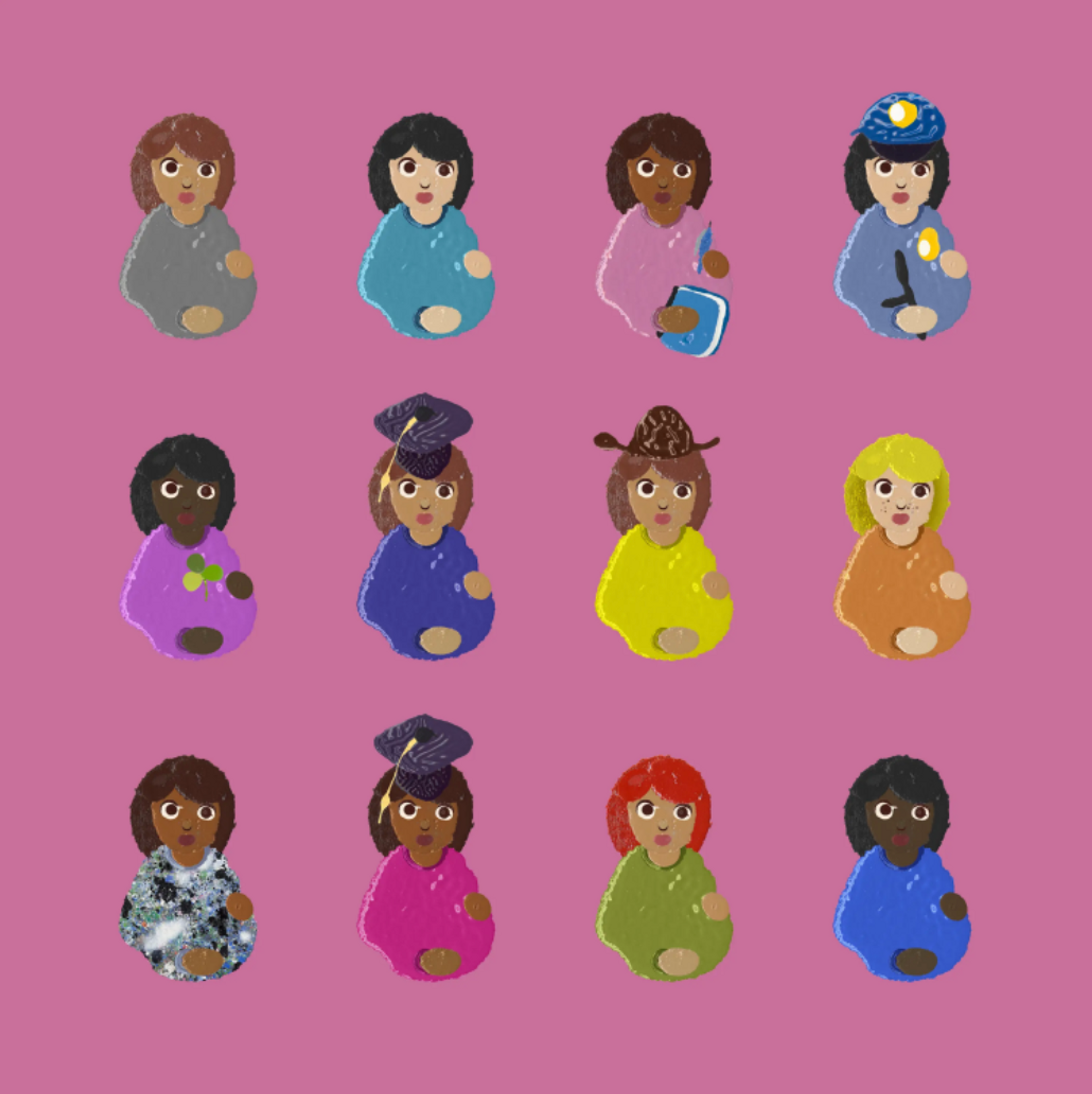 Image © HENI Editions / Great Expectations © Damien Hirst 2022
Image © HENI Editions / Great Expectations © Damien Hirst 2022Philip Colbert's NFTs — The Lobstars
In April 2022, UK-based Pop Artist Philip Colbert — nicknamed the “Godson of Andy Warhol” — released his most ambitious project to date: The Lobstars, a collection of 7,777 lobster portrait NFTs. Each unique Lobster ID also gives buyers citizenship to the artist’s metaverse city, Lobsteropolis, in Decentraland, a virtual reality network powered by Ethereum where users can interact, explore and buy and sell digital real estate. The sale of every NFT also sponsored the release of a real-life lobster into the wild, merging the real and digital words.
For Colbert, the potential of the metaverse is “huge, creating new communities of like-minded people beyond borders,” he said, adding that he has already seen creativity and personal expression take place in his Lobsteropolis.
 Image © Instagram @thelobstars / The Lobstars © Philip Colbert 2022
Image © Instagram @thelobstars / The Lobstars © Philip Colbert 2022Urs Fischer's NFTs — CHAOS
In April 2021, Swiss artist Urs Fischer offered the first work from his debut NFT collection, CHAOS, on the app Fair Warning. While Fischer was no stranger to ephemeral art — his most famous works include sculptures made of candle wax that melt away during the course of an exhibition — and his works can sell for millions of dollars at auction, he conservatively estimated CHAOS #1 Human at about US$1,000. It sold for nearly US$100,000.
“I haven’t felt so much energy since the YBAs. There is this whole world that we didn’t know. And there is an appetite for art that is huge, by people who don’t necessarily feel welcome in galleries,” enthused Loic Gouzer, founder of Fair Warning. Around 70% of the bidders were first-timers and the app received hundreds of new applicants in the run-up to the sale, reported Artnews.
John Gerrard's NFT — Western Flag (NFT)
Released in March 2021, pioneering digital artist John Gerrard’s Western Flag (NFT) was considered the first “superneutral” NFT for offsetting its carbon footprint. 50% of the sale proceeds benefited regenerate.farm, Gerrard’s cryptofund dedicated to soil restoration and regeneration in Ireland, the artist’s home country.
While some critics, like The Guardian, have dismissed Gerrard’s Western Flag (NFT) as greenwashing and “more than a little fatuous”, increasingly more NFT artists and platforms are trying to make the metaverse more eco-friendly. Last year, Hirst endorsed digital marketplace Palm, which claims to be over 99.9% more energy efficient than other systems.
Celebrities turned NFT artists: Bella Hadid, Paris Hilton, Steve Aoki and others
Paris Hilton was one of the first celebrities to dabble in the metaverse, developing her first NFT in March 2020 for charity and winning ‘Best Charity NFT’ at the NFT Awards. In April 2021, the socialite dropped her first NFT collection, Planet Paris, produced with artist Blake Kathryn. One work, Iconic Crypto Queen, sold for more than US$1 million.
Around the same time, musician Grimes dropped her first NFT artworks, WarNymph Collection Vol 1, in March 2021. They sold out in just 20 minutes for a total of US$5.8 million.
DJ Steve Aoki, who has been investing in crypto since 2018, launched A0K1VERSE — “a new ecosystem bridging the metaverse with the real world” — in 2022. The membership community offers experiences on the blockchain and in real life, including NFT drops and gig tickets.
In late May 2022, supermodel Bella Hadid announced on Instagram her new collection of 11,111 NFTs, which will also act as passports to her upcoming metaverse. “We’ve been reminded too many times, the universe we live in is imperfect. But I believe this provides a true opportunity to build a meta community, sustained by peace, love, compassion and meaningful connections,” she wrote.



